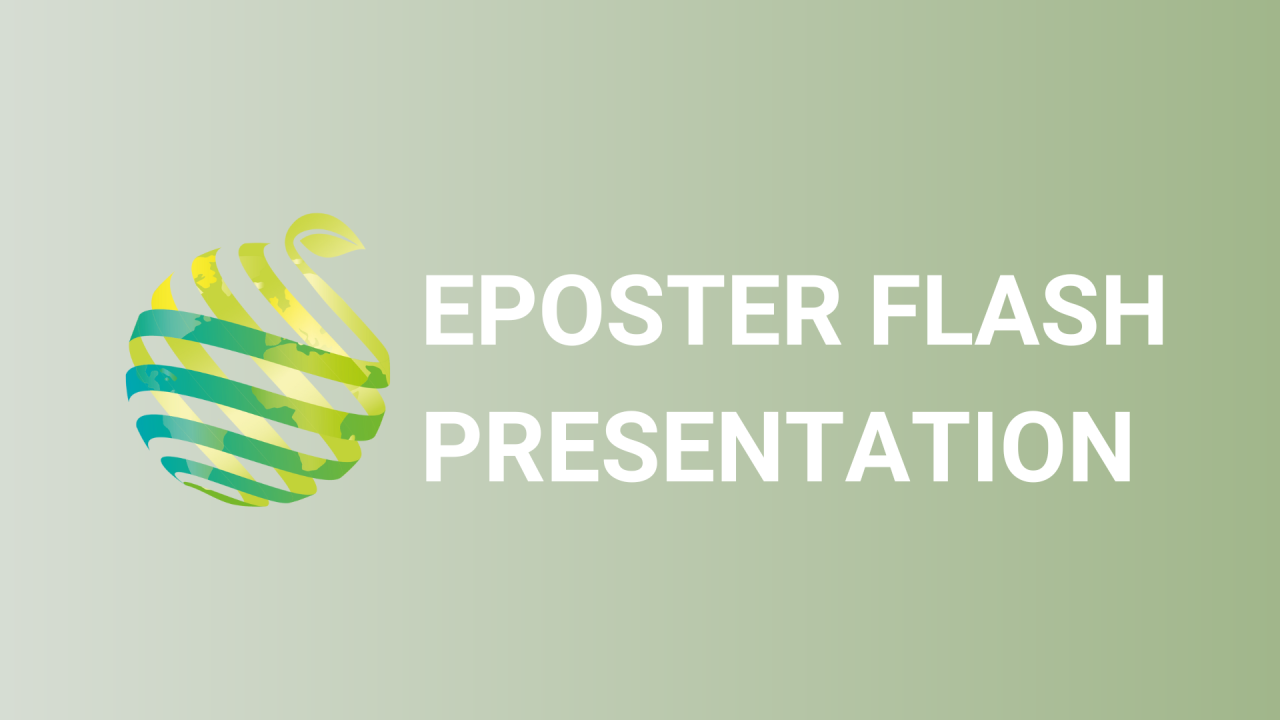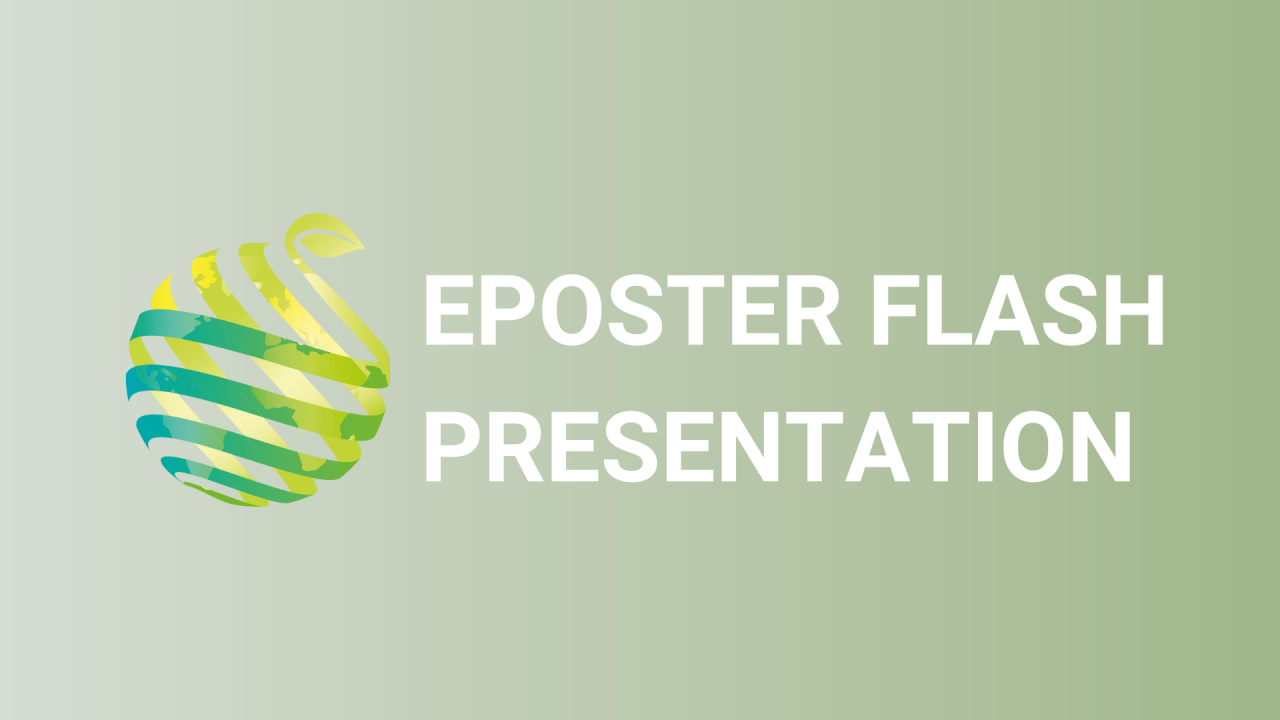

S02 - Session P5 - Croatian pomegranate (Punica granatum L.) germplasm
Information
Authors: Mira Radunic *, Jaksa Rosin, Maja Jukic Spika
Pomegranate ( Punica granatum L.) is a highly valued crop and is widely cultivated in Mediterranean countries. It is traditionally grown on the Adriatic coast of Croatia, west Herzegovina, Monte Negro, and Slovenia in small orchards or family gardens. The fruits are usually sold in local markets for fresh consumption in Croatia. However, since Croatia does not have intensive farming, pomegranates are imported from Turkey, Israel, and Egypt for the Croatian selling market. Also, scarce information is available about a production where many autochthonous and introduced cultivars and forests of wild pomegranate are presented. Thus, some cultivars, that were probably brought during the Ottoman time, have names such as Glavaš, Dividiš, etc. Because pomegranate adapts well to the climatic and soil conditions in which it is grown, many new genotypes have been created over time. Croatian cultivars most probably hide numerous synonyms and homonyms, as the name of a cultivar is related to the place of cultivation, peel color, peel thickness, the taste of the fruit, or similar (Slatki Barski, Sladun, Slatki tankokorac, Crveni rani, etc.). In the frame of the growing interest in pomegranate, the aim of this research was to know the fruit's characteristics and properties. According to the UPOV descriptor, we evaluated the morphological characteristics of the fruits, arils and seed and the colour of fruit peel, arils and juice of 16 autochthonous genotypes grown in ex-situ collections at the Institute for Adriatic Crops and Karst Reclamation. Variability of the investigated cultivars in this study has been seen in fruit size, fruit and aril colour, hardness of seeds, harvest time, juice yield, total soluble solids, and total acidity. This paper reported the rich pomegranate germplasm and fruit properties of sixteen pomegranate cultivars grown in Croatia.